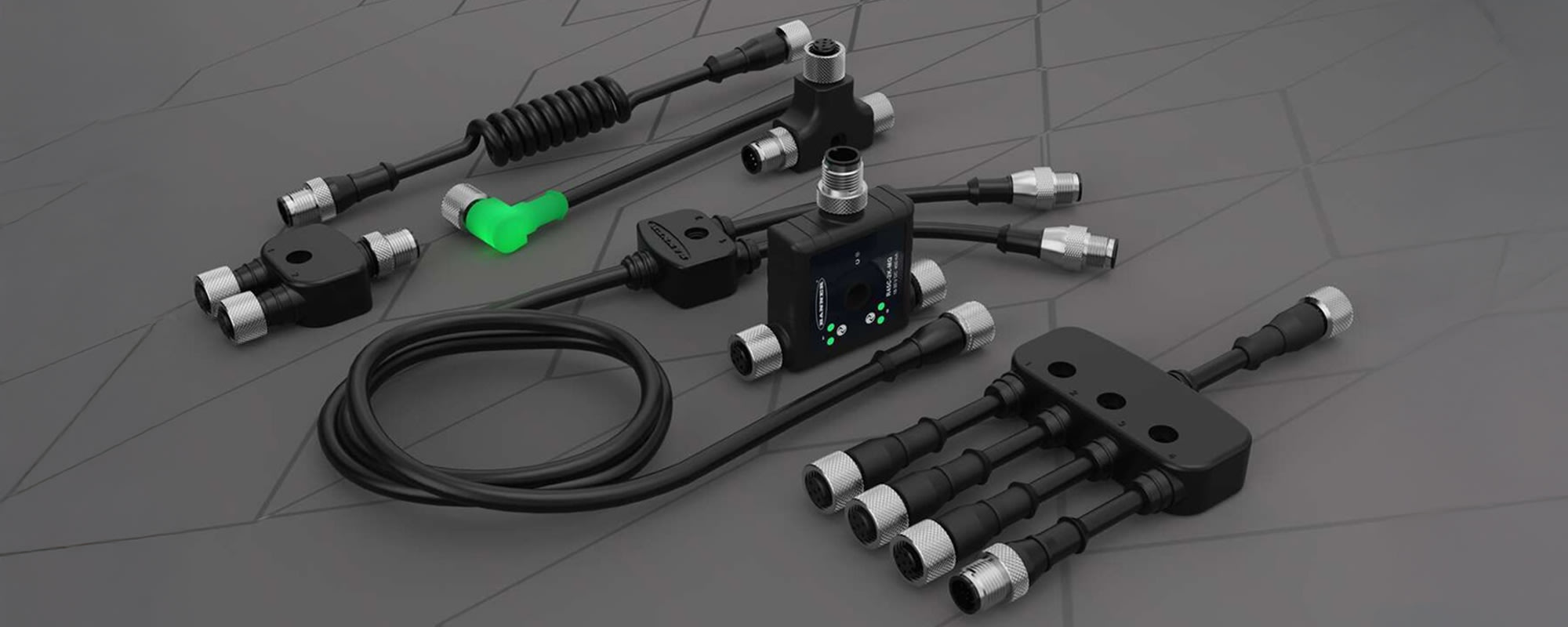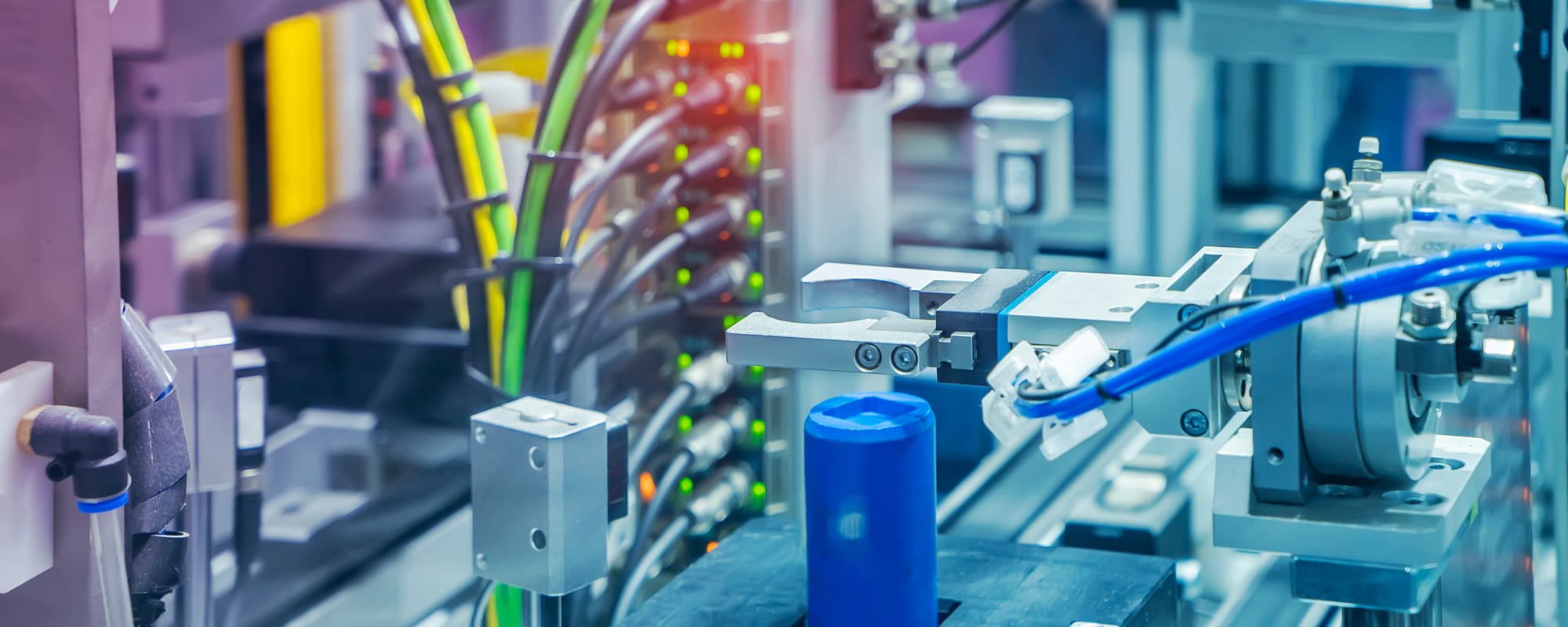Solid-state relays offer significant benefits compared to other relays, including faster switching, enhanced reliability, longer lifetimes, easier maintenance, and greater sustainability and efficiency. We spoke with Patrick Casey, the Control Relay and Signaling Offer Manager at Schneider Electric, to learn more about solid-state relays for industrial applications.

Relays are electrically operated switches essential to protecting and controlling circuits, ensuring safety, and preventing interference in applications ranging from automotive, telecommunications, and industrial automation systems to home appliances. There are three main types: electromechanical relays, solid-state relays, and control and timer relays. We spoke to Patrick Casey, the Control Relay and Signaling Offer Manager at Schneider Electric, to learn more about solid-state relays. Patrick compares and contrasts them to electromechanical relays, provides some insights into the near-future advances, shares some expert insights into choosing the right one for your application, and introduces Schneider Electric’s Harmony solid-state relays.
1. Hi Patrick. Please tell us a little bit about yourself and Schneider Electric.
Schneider Electric is a leading global supplier of innovative process and energy technologies, end-point-to-cloud connecting products, controls, software, and services, and our purpose is to empower everyone to make the most of our energy and resources, enabling progress and sustainability for all.
I’ve been with Schneider since graduating from Penn State with a degree in mechanical engineering almost seven years ago and am based in Portland, Oregon. I’ve managed several product portfolios on both the power and automation sides and am now on the offer management team for control and signaling products, which covers smaller front-facing automation products like push buttons that you touch, tower lights that you see, and sound devices that you hear, as well as solid-state relays.
2. You joined us today to talk about solid-state relays. So, let’s dive in. What should people know?
Solid-state relays are definitely a step up in technology. People turn to solid-state relays when they need a few specific benefits compared to electromechanical relays. The core function of a relay is to allow you to control, open, and close a circuit. Sometimes that switching needs to be fast, reliable, and/or extra long-lasting. Solid-state relay technology satisfies all three.
The primary difference between the two technologies is that electromechanical relays have a set of moving contacts and an armature with some magnets in there. So, every time the circuit opens or closes, there’s movement. Solid-state relays use semiconductor switching elements, like transistors, diodes, and TRIACs — triodes for alternating current. So, there aren’t any moving parts. This is why they’re capable of extra fast switching. No moving parts also results in better reliability and longer lifetimes, because the mechanical parts in electromechanical relays will eventually fail. You also get higher amperage, as well as higher sustainability and greater efficiency as the technology gets more power efficient.
For example, imagine you have a mission-critical machine that needs to always stay on, and you can’t afford to have any downtime — or at least any unplanned downtime. This is a situation where solid-state relays are likely to be ideal.
Solid-state relays can be incorporated into just about any industry or application because every machine uses relays. But they’re typically used in high-reliability and mission-critical applications and industries where minimizing downtime is one of the biggest priorities.
One of the only trade-offs with solid-state technology is that its higher amperage gives off significantly more heat. But most solid-state relays are going to come with a heatsink with various thermal capacities. One of the decisions you’ll have to make when selecting a solid-state relay is how much heat the heatsink needs to help absorb and dissipate to keep the relay cool.
As the technology advances, I think we’ll start to see an integration of smarter relays. For example, there are already relays equipped with near-field communication (NFC) capabilities. This means you can use NFC protocols and a simple tap of a phone or tablet to program the relay without having to use any dials or anything, which makes it quicker and easier to duplicate programming and enhances the element of mobility on the manufacturing floor.
We’re also starting to see relays with a lot more added features, including smart diagnostic features, like an LED indicator or an alarm that alerts you to changing states.
3. What advice do you have for people considering or shopping for solid-state relays?
You definitely want to consider the application they’ll be used in and the benefits they’re going to provide — such as faster switching, much longer lifespans, reduced downtime, and easier maintenance — in addition to the heat generation issue and heatsink consideration element we just discussed. Solid-state relays typically cost more than electromechanical relays, but they provide significant benefits. So, it’s best to think of these as investments. They often end up being cost-efficient, but one of the first things you want to do is a cost analysis to make sure that it’s worth it.
You also have to consider the size of the space you’re working with — especially if you’ll require a heatsink around the relay, which is almost always when using a three-phase solid-state relay. You need to make sure that you have the right sizing and that the form factor is going to fit into your panel. There are solid-state relays as thin as 6.2mm, but they can also be up to 45mm or more. So, relay form factor is a key consideration.
In addition, while these are great for industrial environments, they’re not going to be as durable as some other options, and they often come with a low IP rating. So, they’re not durable enough for use outside of the panel. But they can be used within a control panel in rugged industrial market segments, including water, wastewater, mining and minerals, and oil and gas.
Lastly, circling back to cost, the machines that make solid-state relays are definitely more complex than the ones that produce electromechanical relays. They require more upkeep; so, the cost to manufacture is higher. But that technology is consistently improving. So, the price of production will start to drop, and the cost of the relays should also start to decrease as production gets more efficient. Similarly, as these machines get more precise, solid-state relays can be made with smaller form factors and more streamlined features.
4. Please introduce us to Schneider Electric’s Harmony Solid-State Relays.
Schneider offers a wide range of solid-state relays that deliver all the benefits we’ve been discussing, including high switching frequencies, quick, precise control, long lifetimes, and silent operation because there’s no moving parts. These are all part of our Harmony line, which offers emergency stop control boxes, pushbuttons, relay sockets, screw terminals, buzzers, and potentiometers in addition to solid-state relays.

Our Harmony solid-state relays are available in a number of different variations, including slim interface, DIN-rail, panel-mounted, and single- and three-phase options. They also offer current ratings that go from as low as 0.1A all the way up to 125A. So, they’re ideal solutions for any commercial or industrial application, ranging from packaging to water and wastewater.
Every year, we’re coming out with more efficient and more enhanced solid-state relays. We have fit-for-purpose options with minimal features, and we also have some incredibly advanced options with lots of bells and whistles, like an LED light indication button and smart diagnostic features.
We have ultra-compact solutions — just 6mm in width — as well, and we allow customers to choose from a combination of relays and associated sockets for DIN-rail mounting. These versions often have a high rating of IP6X but a smaller amperage up to 3.5A.
The most recent relays we launched are the SSP1T, SSP1E, and SSP3T. The SSP1T and SSP1E are single-phase solid-state relays. We call these hockey pucks because they look like a square and they’re very small and fit in your hand. But they’re powerful. They go up to 125A and have an integrated thermal pad on the back to help with heat dissipation. They’re also robust, featuring self-aligned screw terminals that help prevent otherwise common screw jams.
Another benefit of the SSP1s is that they’re available with smart diagnostic features, a built-in visual indicator, an alarm output that enables quick responses, and a test button for easy debugging, testing, and commissioning.
The SSP3T are three-phase versions of the SSP1T. These newer, more feature-rich models have a bigger form factor, a higher voltage range, a high amperage range, and built-in transient protection. All these features combined allow them to cover just about any application and really set them apart from the competition.
We also offer the Harmony SSD, which comes with an integrated heatsink on the back and is something you can DIN-rail mount. It’s a little bit longer than most of the other relays and a little bit larger as well. But with the heatsink, you can have a much faster field installation. It’s got spring and screw input connections for extra simplified wiring, and there’s no need for any thermal calculation with the integrated heatsink.
Leverage the tremendous benefits of solid-state relays with Schneider Electric and RS
Schneider Electric is an industry leader for improving sustainability and efficiency across industries and driving digital transformation to create a more resilient, sustainable world. RS offers an extensive selection of Schneider Electric products, including the Harmony solid-state relays Patrick discussed here, as well as motors and motor controls, industrial controls, enclosures, racks, and cabinets, and circuit breakers, fuses, and protection. To learn more, visit the links embedded here, and check out the company’s other contributions to the RS Expert Advice Series.
For assistance identifying, procuring, deploying, and maintaining Schneider Electric solid-state relays sure to satisfy the unique demands of your industrial application, please contact your local RS representative at 1.866.433.5722 or reach out to the RS technical support team.







